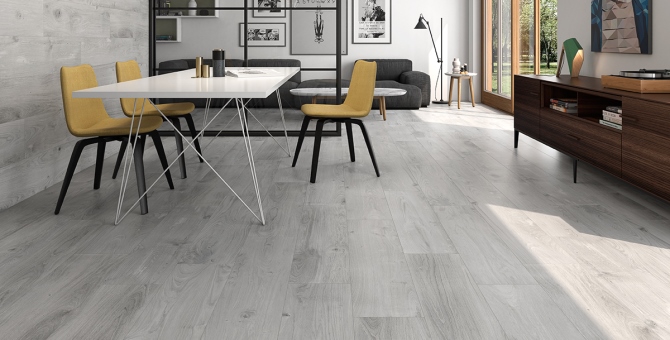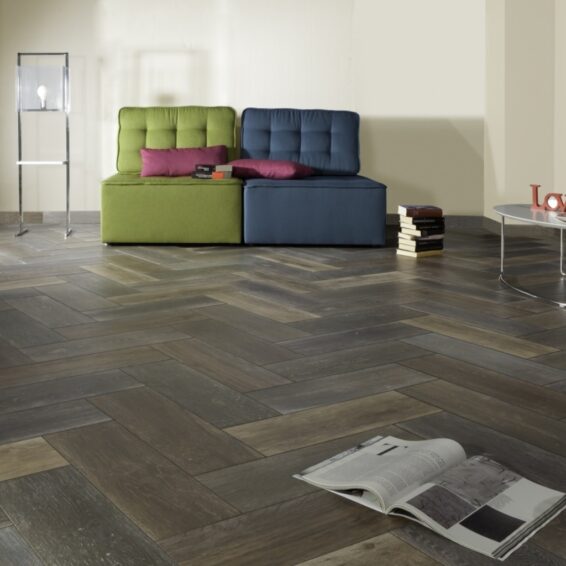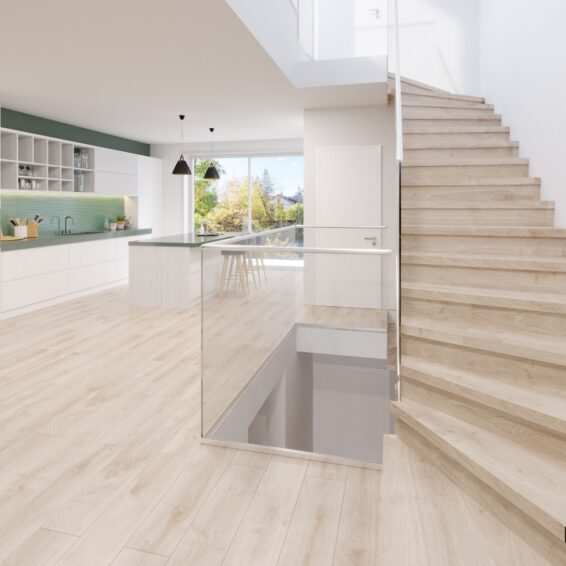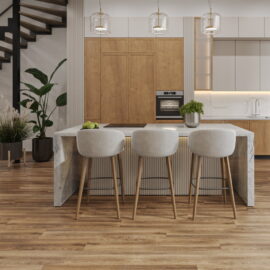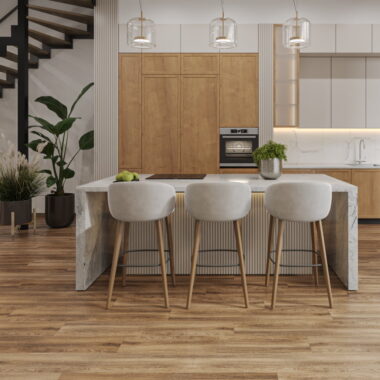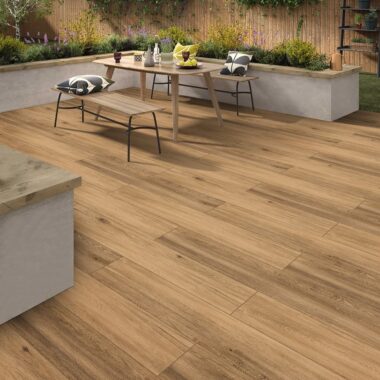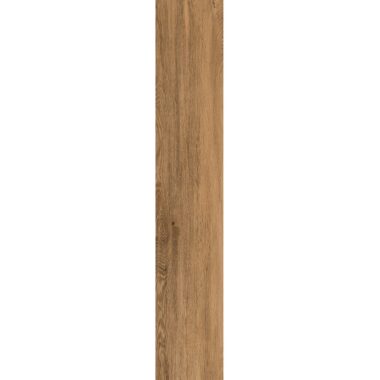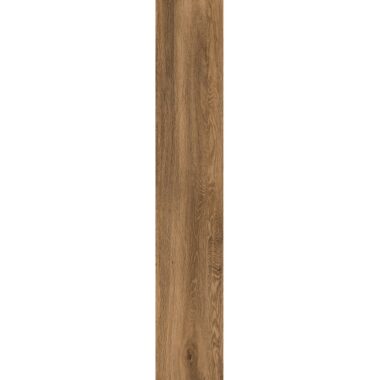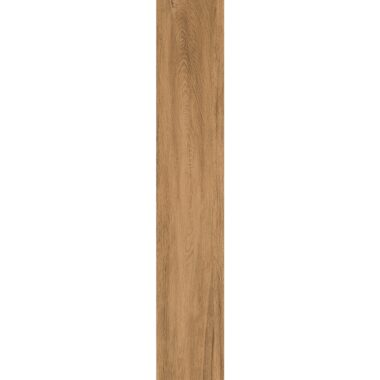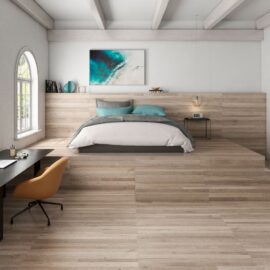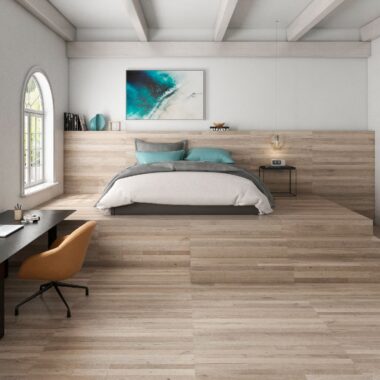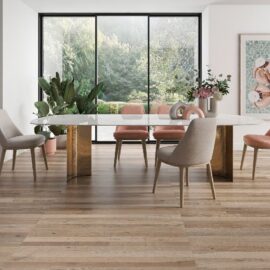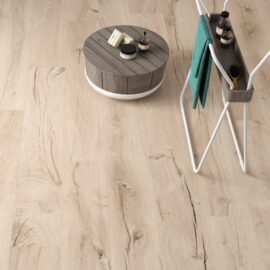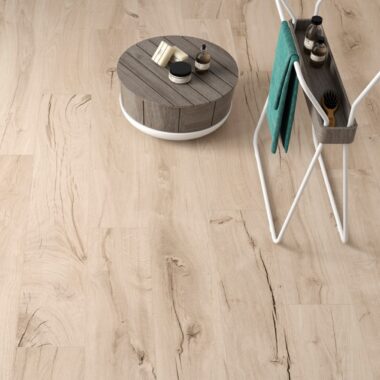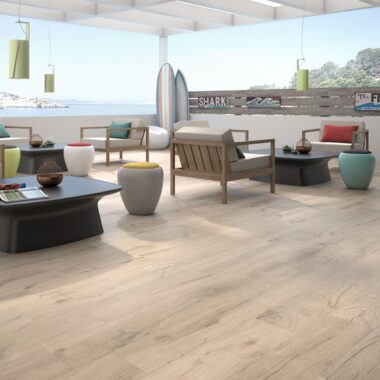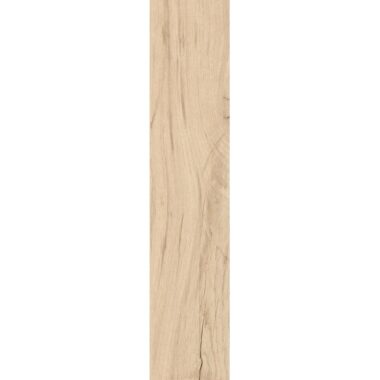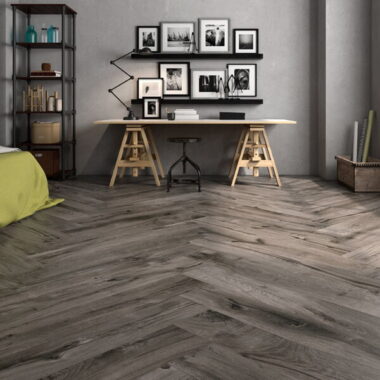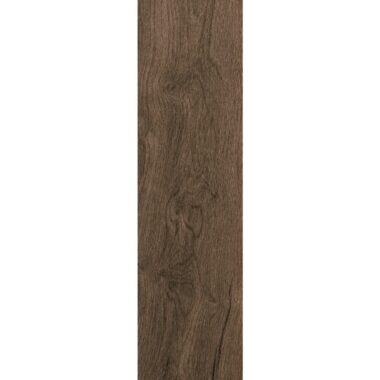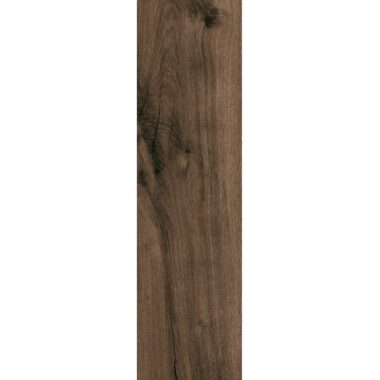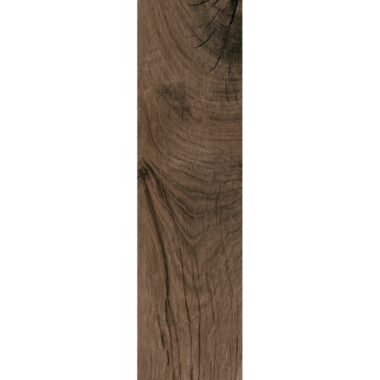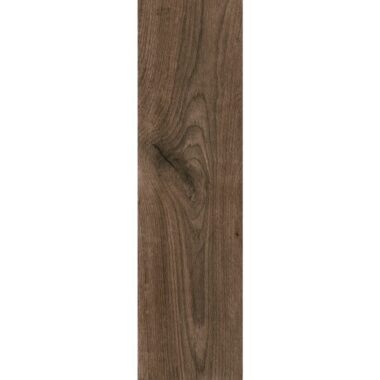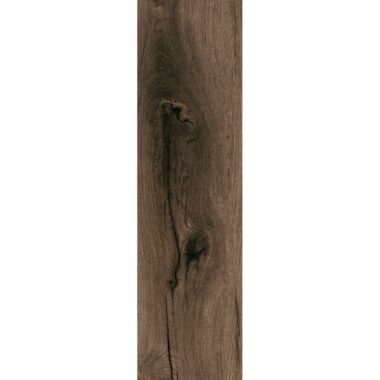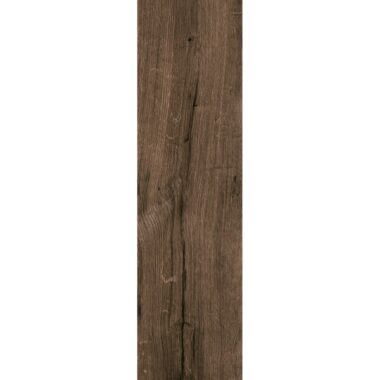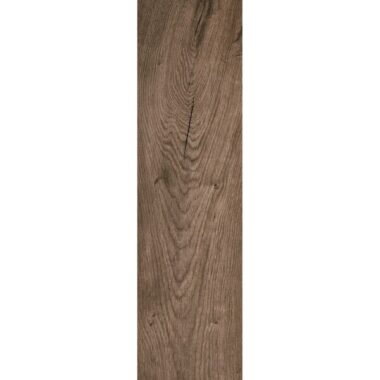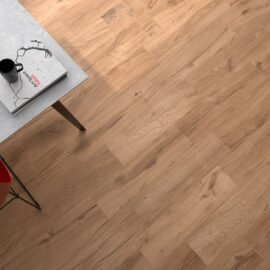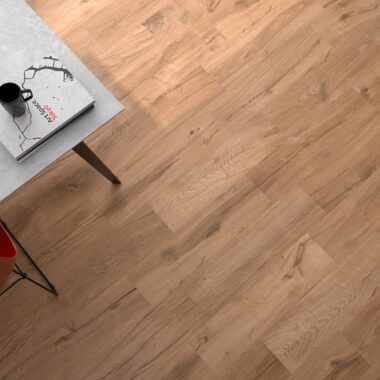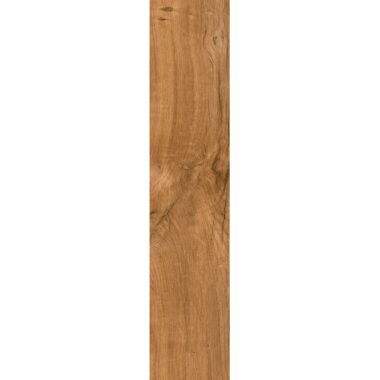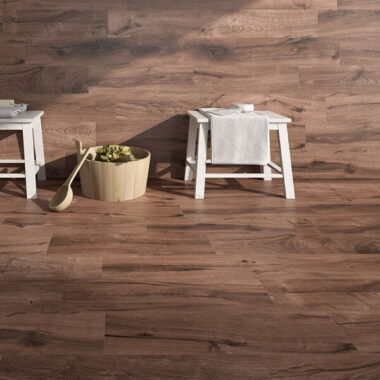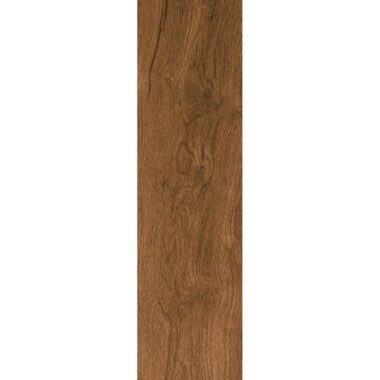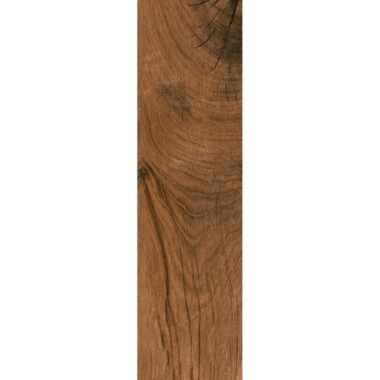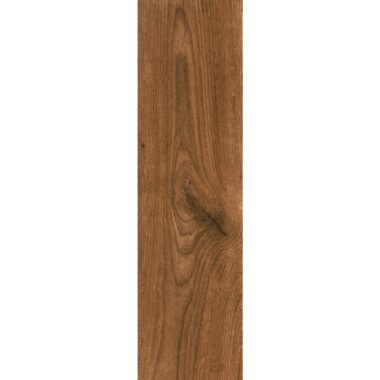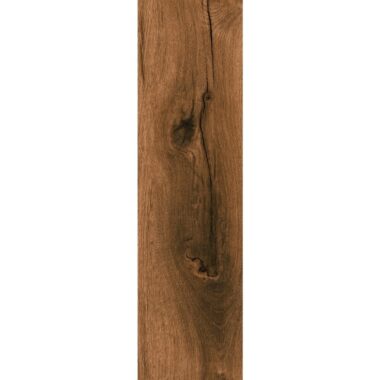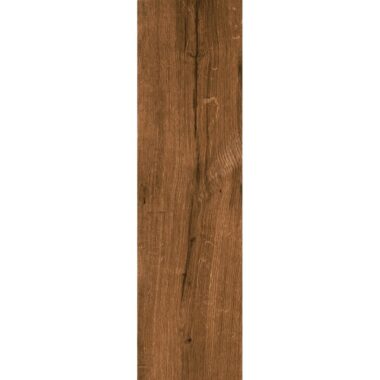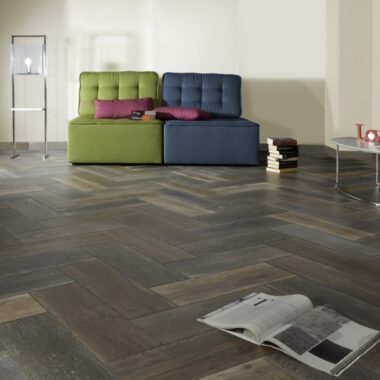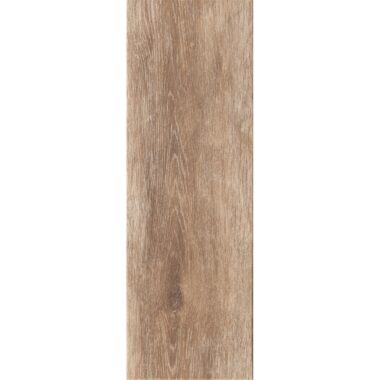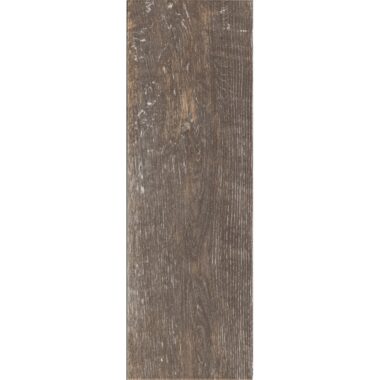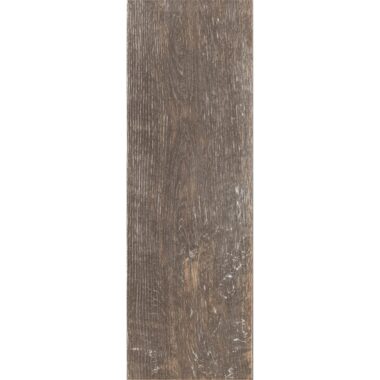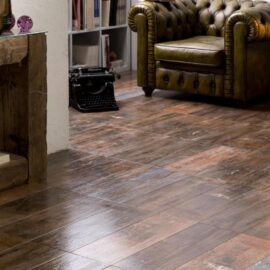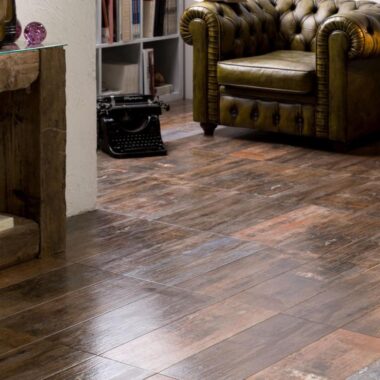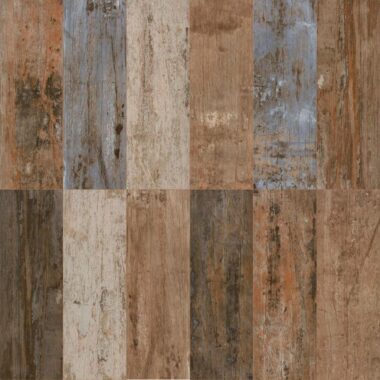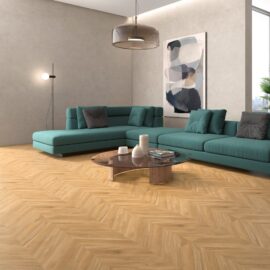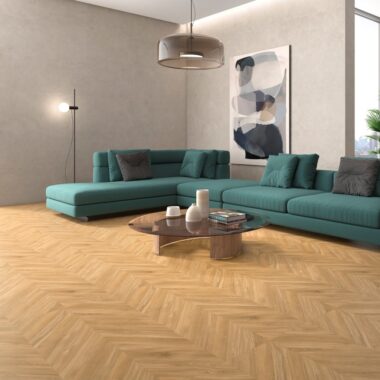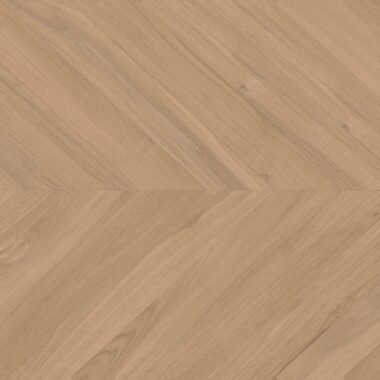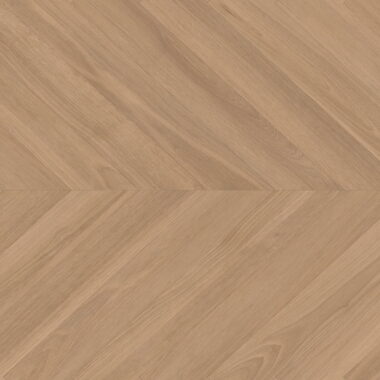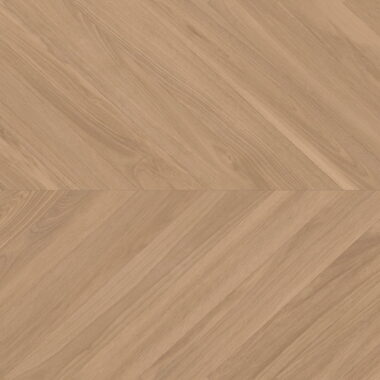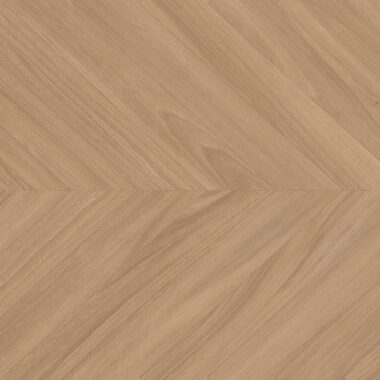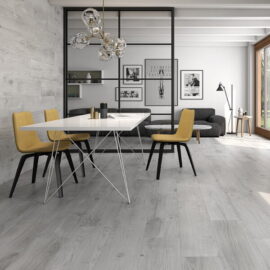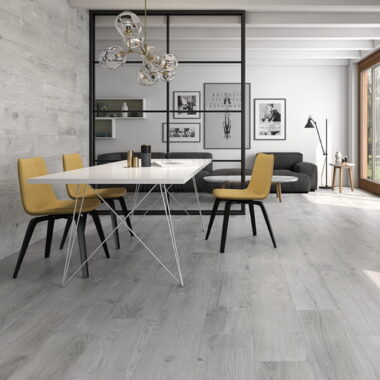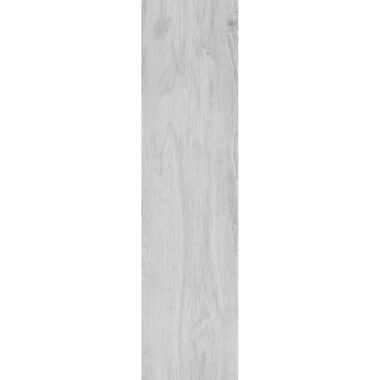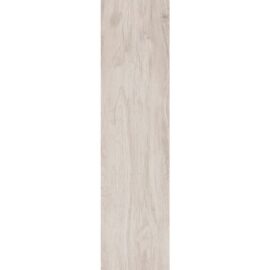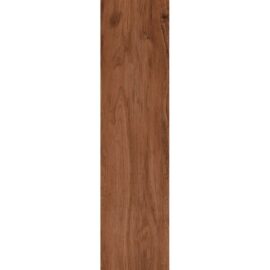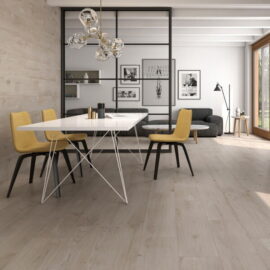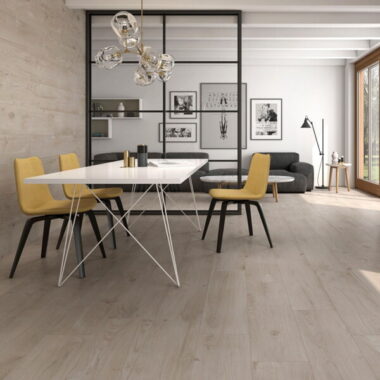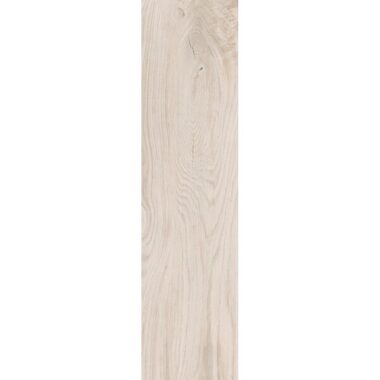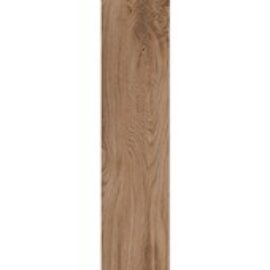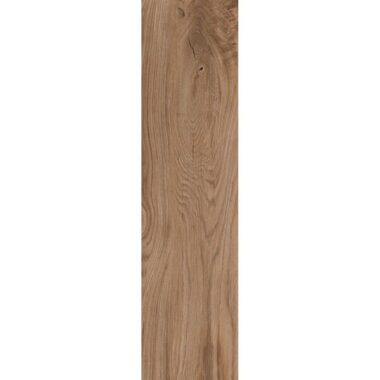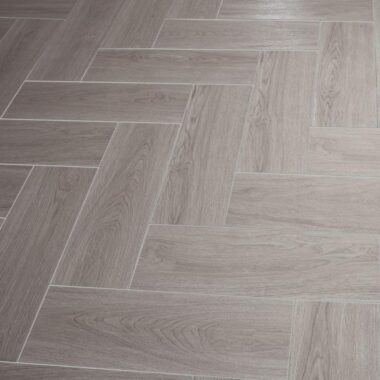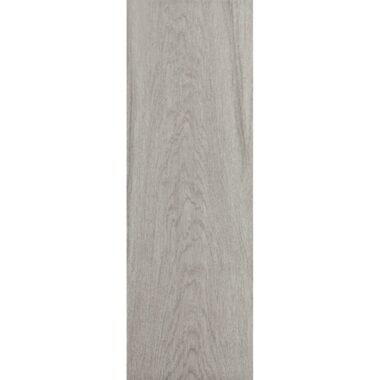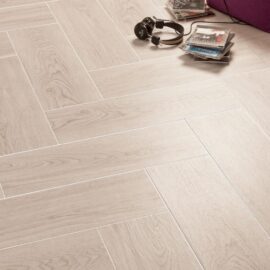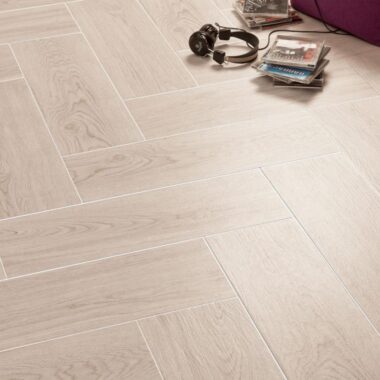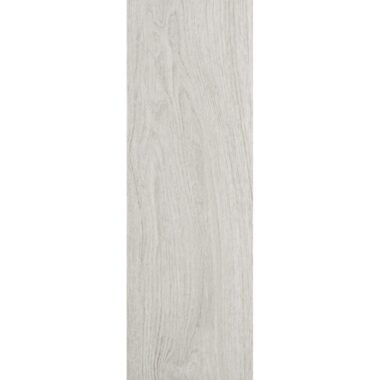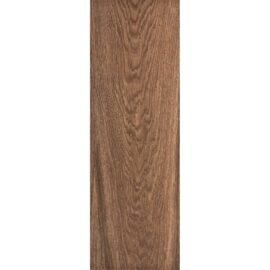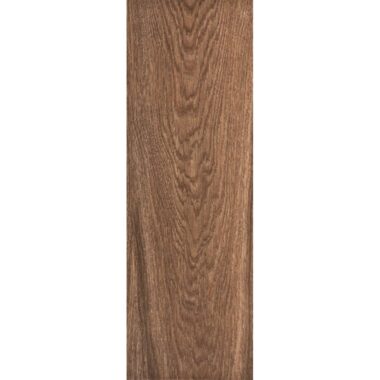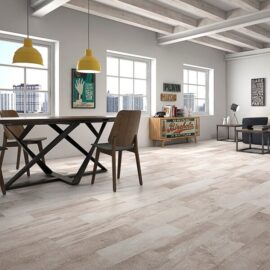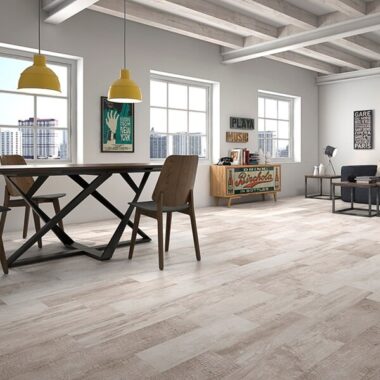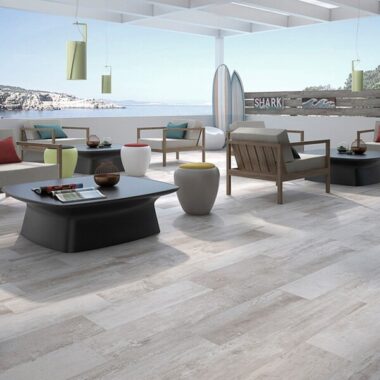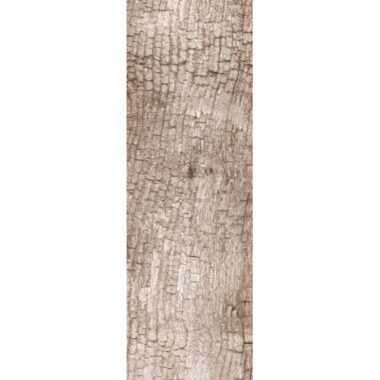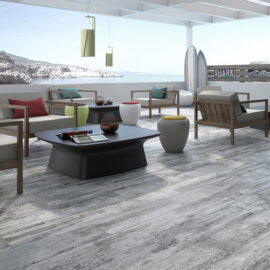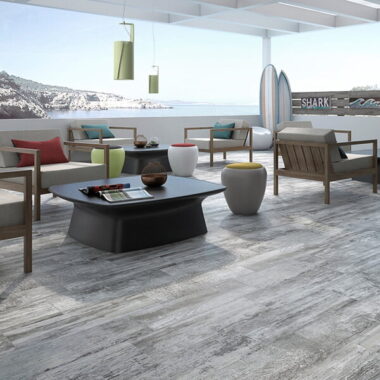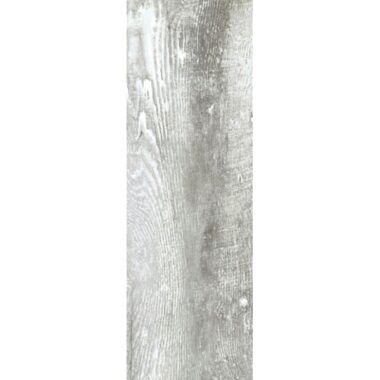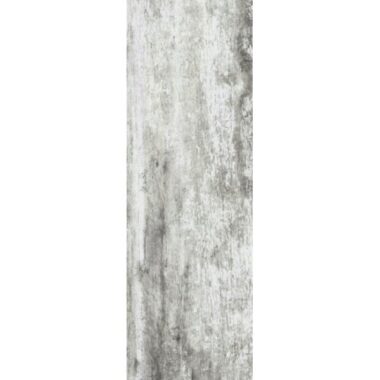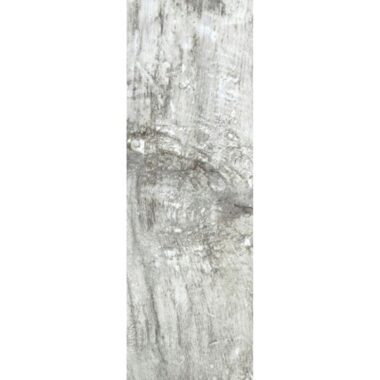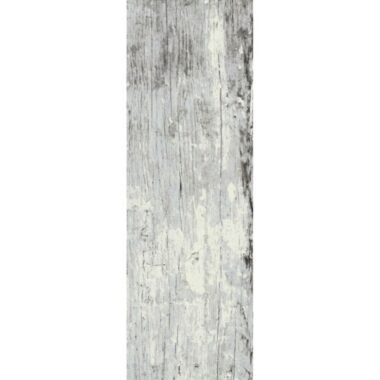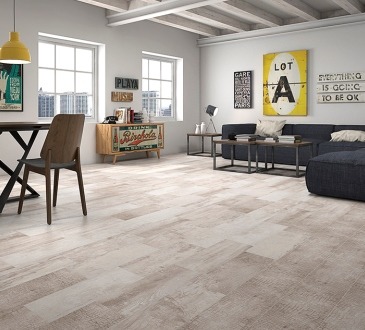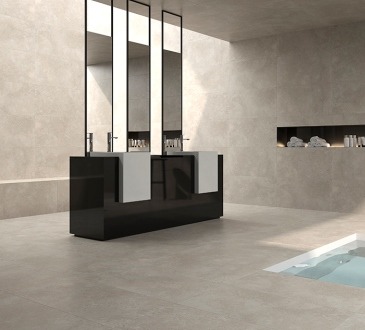Wood Effect Tiles
These ceramic or porcelain wood effect tiles will look beautiful for years to come and can be fitted with underfloor heating. For free samples please contact the Direct Tile Warehouse team.
A Guide to Wood Effect Tiles
In the last decade the popularity of wood effect flooring has shot up. Especially versatile, it can produce both sleek and modern, or rustic and traditional finishes.
Designers often opt to use wood effect on its own, but are also able to add extra dimensions to rooms through the use of rugs and other floor covers that add splashes of colour or extra style to a backdrop of wood effect flooring.
More recently, wood effect floor tiles made from porcelain or ceramic have become a popular option in the home.
Due to high-grade printing techniques their finish is rich in colour and also feature a realistic texture that’s not found on most plastic laminate or vinyl flooring.
Consequently, homeowners and designers looking for those deep shades of mahogany and oak, the lighter pine tones and even rustic white or grey finishes, are starting to turn to wood effect tiling too, attracted by the authentic look and the great variety that tiles offer over other materials.
What’s more, the added durability of using a porcelain or ceramic tile means that there are a whole range of practical reasons to choose wood effect tiles over the conventional laminate floor. Not only will a tiled surface not fade and curl up as a carpet would, but,
provided they are laid correctly, tiled surfaces rarely suffer the same water damage that real-wood or laminate floors suffer when exposed to water.
What’s more with economic considerations at the forefront of many peoples’ minds, tiled floors offer something of a budget-friendly option; prices start at around £14.00 per square metre, and tiled surfaces also tend to last far longer than vinyl, laminate or carpet options.
Generally speaking, versatile style ranges coupled with an added practicality has meant that wood effect tiles are now a popular option for use throughout the home; from the kitchen to the hallway, the living room to the bathroom, the bedroom and even outside.
As with everything in your home, your chosen floor design should reflect your individual taste, and with such a variety of colours, textures, finishes and sizes now produced in wood effect tiles, you’re sure to find something that will suit every room in the home.
You can choose between creating an individual style in every room or a continuous effect throughout the house. Depending on the location and light of an internal space you may, however, want to keep some things in mind when it comes to choosing your wood effect tiles.
The general rule is the lighter colour the tile then the more it will reflect light back upwards into the room. With tight interior spaces, using a tile in a light beige, or even grey or white finish, can help to capture all those stray rays and brighten up even the darkest of spaces.
One option here is to go for a distressed New England style of floor that makes use of off-whites and greys that echo the birch and aspen timbers used predominantly on the Eastern Seaboard.
The effect is an airy and subtle finish with a uniquely coastal and shabby-chic flavour, making use of all the light available. Have a think about how white-washed grains can produce a subtle backdrop to create your own themed room; by providing the perfect blank canvass for interesting rugs in a bedroom, a stylishly simple kitchen or a seaside themed bathroom for example.
At the other end of the spectrum, heavily patterned, strong-grain wood effect tiles can be used to draw focus to the floor and creates a more dramatic effect. This is a great option for mimicking the darker shades of real wood flooring.
By using even tones like white and graphite, designers are able to produce a sophisticated backdrop for any other design elements.
This makes single-colour wood effect tiles a great option when trying to create a focus on any other of the room’s features, such as bespoke furniture or ornate rugs.
As Wood effect tiles become more popular they are being produced in a range of interesting designs such as basket weave and parquet designs which are becoming increasingly popular choices.
The former are tiles which are produced with an interwoven design, while the latter mimics the classic block-wood flooring finish.
For outside in particular, the popularity of wood effect decking tiles is testimony to how many people are opting to use porcelain in their gardens.
Without the high-maintenance constraints of a wooden deck, and with the same outward look, tiles with inlaid grooves that mimic deck wood well are becoming more and more popular as exterior floor tiles.
Just be careful when choosing tiles as most (like real wood) will become slippery when wet.
When thinking about the look you are trying to achieve it is worth considering grout colours too.
Most people match the grout for a natural looking effect and continuity, but with the range of colours available there are opportunities for interesting contrasts that can add an extra dimension to a floor or wall design.
The most common dimensions of a wood effect floor tile are between 17.5cm x 50cm and 20cms x 114 cms. This reflects the shape of traditional planks, and many people choose to lay wood effect tiles in a parallel or brick effect way to replicate conventional wood flooring
But wood effect tiles can also be laid in interesting and inventive ways too. ‘Herringbone’ fashion, for example, incorporates 90 degree angles that have the effect of creating an intricate design in larger spaces.
One advantage is that wood effect floor tiles are easy to fix in longer rooms like hallways, where little cutting is required to finish off the width. But, with the added versatility of using porcelain or ceramic means individuals are not limited to one layout, and there are plenty of options open to those using tiles on floor spaces.
When it comes to colours, the ranges of wood effect tiling have become so varied that there’s usually a shade to match any wood effect flooring. With added versatility in terms of layout, durability and texture, wood effect flooring is a really attractive option for many designers who are looking to do something different with interior and exterior floors.
Today, wood effect floor tiles are available in both ceramic and porcelain. Both are very popular and durable, and can be used throughout the home on both walls and floors. Porcelain however is usually recommended for use in rooms where the environment is a little busier – such as porches and hallways.
Wood effect tiles also come in both matt and gloss finishes, a factor that not only affects the outward appearance of the finished surface, but also the texture of the tile.
On the whole, matt finish tile are more slip resistant, so if you’re thinking about being adventurous and taking the wooden floor style into the bathroom or kitchen – a room where water exposure is a real possibility – then it may be worth considering a matt finish, anti-slip wood effect tile.
What’s more, with the availability of hard wearing porcelain, wood effect flooring can also be used for paths, balconies or decking areas.
Providing all surfaces are laid correctly, a porcelain tile finish boasts a denser material that doesn’t absorb much water; this gives it great rain and frost resistance that often doesn’t require sealing.
So, unlike natural wood decks, using porcelain tiles with a deck effect means much lower maintenance and more resistance to the elements without the need for a lengthy sealing process after lying.
Wood effect tiles are laid in exactly the same way as normal tiles.
It’s important to make sure that every surface is even and that the right adhesive and grout products have been chosen to go with the tile material and desired space.
For most cases of ceramic tile, it’s fine to use a normal rapid-set adhesive, while porcelain tiles usually require a flexible adhesive that makes for strong surface-to-tile bonds.
Just like other tiles, wood effect ranges can be used in conjunction with under floor heating and on top of other tiled surfaces, but in such instances a special adhesive may be required, so always consult a tiling professional or retailer before fixing.
When using wood effect floor tiles outside, it’s very important to use waterproof adhesive and grout, and always check if your porcelain tiles need sealing after fixing, even though this isn’t usually required.
The same general rules apply when considering what wall tile to go for in the wood effect range, but it’s also worth thinking about how well your chosen tiles will go with other aspects of the interior wall design.
For example, in kitchens, where it’s common to make use of a combination of paint and tile, or even simply to use certain tiles as a focus splash back behind a cooker, it’s worth thinking about how wood tiles would fit In and whether they will mix with the room’s look as a whole.
A trend that’s really caught on from the continent in recent years is the use of tiles as feature walls in living rooms, kitchens, hallways and bedrooms.
Wood effect tiles have been an attractive choice for many designers who are looking for something altogether new to depict on their chosen focus wall.
As mentioned, the style can work in any room in the house, but is most common in living room spaces, usually used in conjunction with a fireplace or furniture piece that helps to draw the eye.
It’s also become popular in bathrooms for use in shower enclosures.
Using wood effect as a feature wall tile is an easy way to achieve a unique design. Where most people will opt for a relief tile in an old stone or mosaic effect, using a wooden look tile is both experimental and stylish. What’s more is there’s plenty of room to be imaginative, using the herringbone layout or parquet look to add a visual texture to a wall that’s intended to draw the eye.
Again, the versatility on offer here means that matching your wall tile style to the prevailing character of the room, and in particular its furniture and floor colour, is easy. In short, wood effect tiles are available in a real variety of styles and colours, so don’t be afraid to consider them as a feature wall possibility.
But it’s not only on single focus walls that wood effect tiles can come into their own.
Many bathroom designers have started using them as full room options, to create an attractive continuity between the wood effect tiles on the floor that have made this style possible in rooms exposed to water, and the wall design.

